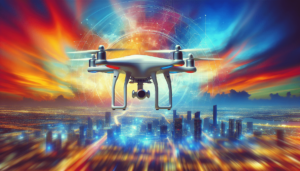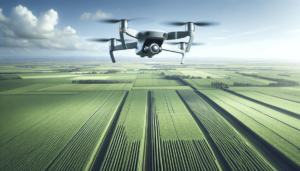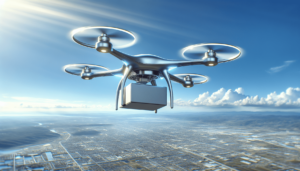Have you ever wondered what regulations are in place for flying drones both as a hobbyist and a professional? Navigating drone laws is akin to deciphering a complex jigsaw puzzle, where each piece is critical to understanding the bigger picture. With the growing popularity of drones in various applications—ranging from captivating aerial photography to intricate infrastructure inspections—the significance of understanding drone regulations has never been more pronounced. Whether you’re a hobbyist taking to the skies for leisure or a professional conducting sophisticated operations, comprehending these regulations ensures not only compliance but also enhances safety and efficiency.
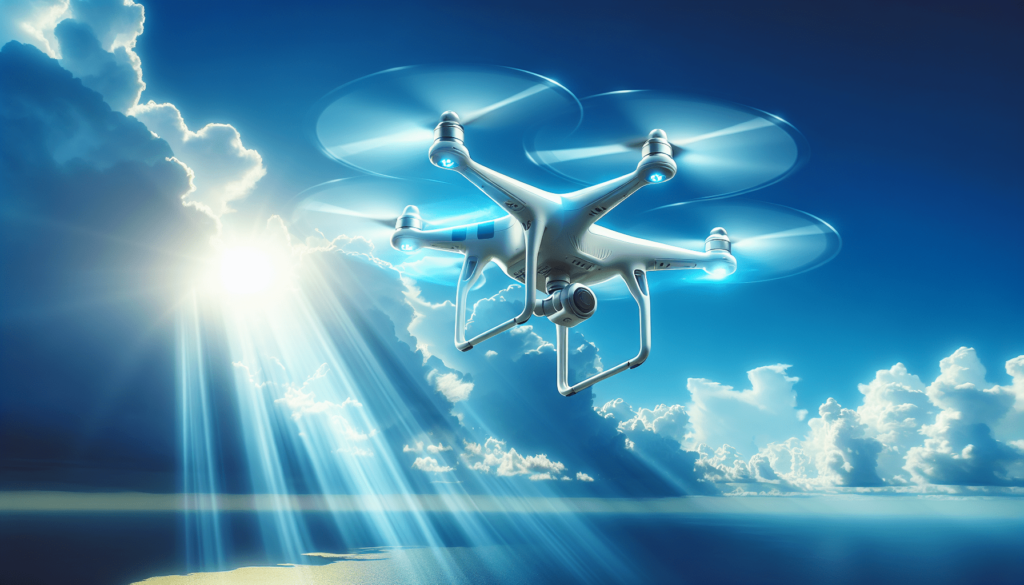
Understanding Drone Regulations
At the heart of drone regulations lies a tapestry of rules and guidelines crafted by aviation authorities worldwide. These regulations are designed to manage air traffic, assure the safety of airspace, and minimize risks to people and property on the ground. The regulations can be distinguished into different categories, primarily focusing on hobbyist recreational flying and professional commercial operations. Let’s unravel these regulations to ensure clarity and a comprehensive understanding of how they impact your drone flying endeavors.
Defining a Drone: More Than Just a Flying Gadget
In the simplest terms, a drone is an uncrewed aerial vehicle (UAV) equipped with various technologies for remote control or autonomous flight. However, in regulatory terms, specificity is crucial. Drones are defined based on factors like weight, intended use, and technological capabilities. Understanding these definitions helps in identifying which regulations apply to your specific drone and operation.
For instance, in several jurisdictions, different rules apply to drones weighing less than 250 grams compared to heavier counterparts. The intricacies of these definitions play a significant role in aligning your operations with the applicable laws.
Table: Drone Classification Based on Weight
| Weight Category | Regulatory Implication |
|---|---|
| Micro Drones (<250g)< />d> | Often exempt from certain regulations; heightened ease of use |
| Small Drones (250g-2kg) | Subject to registration and specific operational limits |
| Large Drones (>2kg) | More stringent requirements including compliance with aviation safety protocols |
Are You a Hobbyist or a Professional? Defining Your Role
The distinction between hobbyist and professional significantly influences the regulatory framework applicable to your drone operations. If you’re flying a drone simply for recreational enjoyment, you fall under the hobbyist category. Conversely, if your drone operations entail any commercial intent, such as aerial photography services, you are deemed a professional, subjecting you to a different set of regulations.
Key Considerations:
- Hobbyist: Typically enjoy a lenient regulatory framework but must adhere to community-based safety guidelines.
- Professional: Must comply with more rigorous operational standards and certification requirements, often involving licensing and registration.
National and International Regulations: Understanding the Jurisdiction
Drone regulations are not monolithic; they vary significantly from country to country, and even within different states or provinces in the same nation. The complexity is compounded further by international aviation standards set by bodies like the International Civil Aviation Organization (ICAO), which guide national regulatory frameworks, promoting a baseline for safety and coordination.
The Role of National Aviation Authorities:
Individual countries implement their regulatory frameworks primarily through national aviation authorities—such as the Federal Aviation Administration (FAA) in the United States or the Civil Aviation Authority (CAA) in the UK. Understanding these national regulations is indispensable as they form the cornerstone of legal compliance, influencing aspects such as airspace access, drone registration, and operational constraints.
Drone Registration: Why It’s Not Just a Bureaucratic Exercise
Registration of drones is a pivotal regulatory requirement, serving multiple purposes- from accountability to airspace management. Registration processes often involve providing specific drone details, pilot identification, and compliance with safety standards. This process enables authorities to track drones, ensuring they are not used for unauthorized activities that could jeopardize aviation safety.
Safety Guidelines and Airspace Regulations
A vital component of drone regulations involves safety protocols concerning airspace management and flight operation limits. These guidelines are constructed to safeguard sensitive airspace regions and prevent conflicts with manned aircraft.
Key Safety Guidelines:
- Altitude Limits: Most jurisdictions establish a maximum flying altitude, often around 120 meters (400 feet) above ground level.
- Visual Line of Sight (VLOS): Pilots must maintain a direct line of sight with their drone during operation to enhance spatial awareness and response to unforeseen situations.
- No-Fly Zones: Operations are often restricted in designated zones like airports, military bases, and over densely populated areas to prevent potential hazards.
Table: Common No-Fly Zones
| Type of Zone | Description |
|---|---|
| Airports | Radius around airports to prevent interference with aircraft |
| Military Bases | Restricted to protect national security interests |
| Crowded Public Events | Limit risk to the public by avoiding densely populated areas |
Licensing and Certification: Elevating Professional Standards
Professional drone operators are often required to obtain specific licenses or certifications, demonstrating an understanding of aviation principles and safety regulations. The complexity of these requirements varies by jurisdiction but often includes knowledge exams, background checks, and practical assessments.
Privacy and Data Protection: Navigating Ethical Concerns
With advancements in drone technology, privacy concerns have surfaced, necessitating regulations around data protection and ethical operation practices. Operators must ensure compliance with privacy laws, particularly when conducting operations near private properties or where personal data might be collected through imagery or sensors.
The Future of Drone Regulations: Adaptation in a Dynamic Landscape
The landscape of drone regulations is continually evolving to accommodate technological advancements and emerging use cases. Regulatory bodies are progressively updating guidelines to incorporate innovations like autonomous drones or urban air mobility. Staying informed and adaptable is crucial for both hobbyists and professionals to leverage these technological advancements while remaining within the regulatory framework.
Keeping Abreast with Regulatory Changes
The dynamism of drone regulations means staying informed is a continuous process. Subscribing to updates from national aviation authorities or joining drone enthusiast communities can be invaluable in keeping track of regulatory developments and sharing practical insights for compliant operations.
List: Resources for Staying Updated on Drone Regulations
- National Aviation Authority Websites (e.g., FAA, CAA)
- Drone Industry Newsletters and Online Forums
- Workshops and Certification Programs for Continuous Education
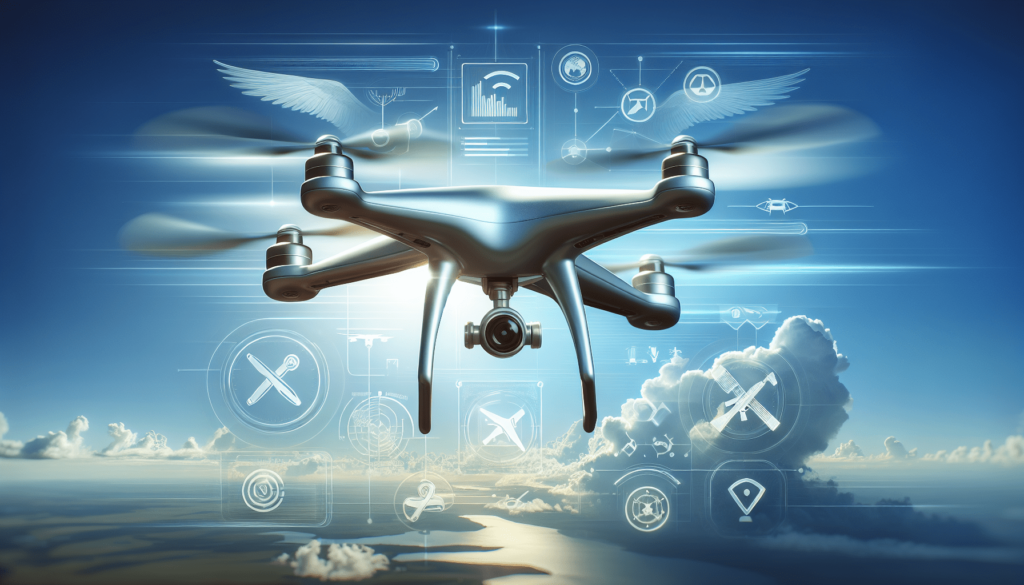
Conclusion
Understanding drone regulations is indispensable for safe and compliant drone operation, whether for recreational or commercial pursuits. Recognizing the distinctions between categories, adhering to safety guidelines, and respecting privacy concerns form the bedrock of responsible drone usage. As regulations continue to evolve, staying informed and adaptable ensures that you can enjoy the benefits of drone technology without crossing regulatory boundaries. Embrace this knowledge, and let it guide your aerial ventures, ensuring they are as lawful as they are thrilling.
